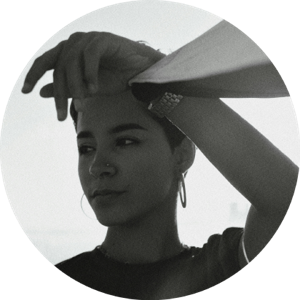Search for yoga retreats
Discover yoga retreats, holidays, and courses from worldwide.
Calling all yoga enthusiasts! Have you reached a point where your downward-facing dog feels like second nature, and your chaturanga dandasana (four-limbed staff pose) holds no fear? Do you crave a deeper understanding of yoga's philosophy and its powerful impact on mind, body, and spirit? Perhaps you yearn to share your passion for this ancient practice with others and guide them on their own yogic journeys. If so, a 500-hour Yoga Alliance registered teacher training (YTT) might be your perfect springboard.
More Than Just Poses: A Transformative Journey
A 500-hour YTT is far more than just learning a bunch of fancy yoga poses and trendy transitions. It's a transformative journey that delves into the heart of yoga, equipping you with the knowledge, experience, and confidence to become a skilled and inspiring yoga instructor. Think of it as a masterclass in yoga, pushing your practice to new heights while fostering personal growth and self-discovery.
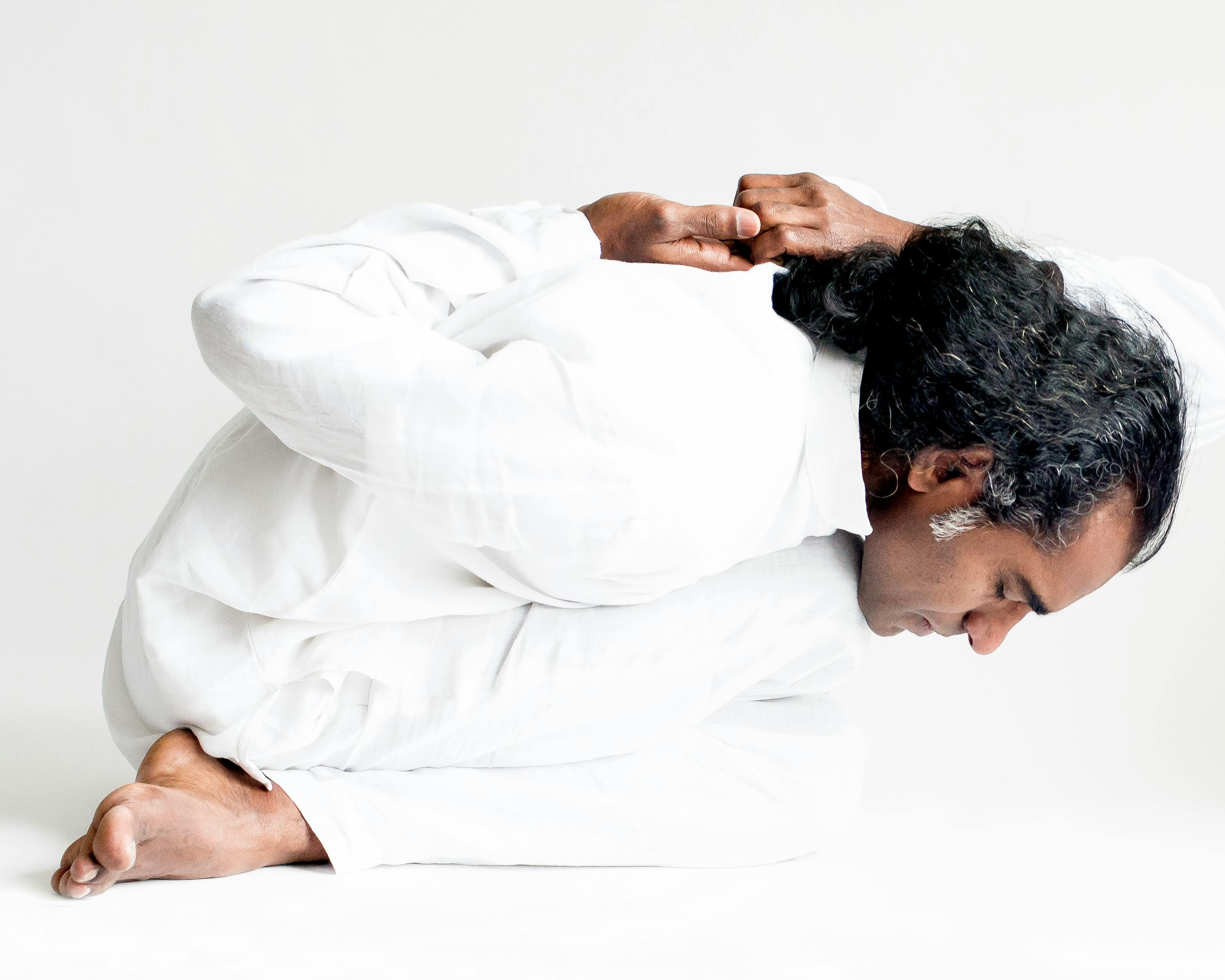
Unveiling the Depths of Yoga: A Curriculum for Transformation
Here's a taste of the rich tapestry woven into a 500-hour YTT program:
- Sanskrit Demystified: Unravel the secrets of the ancient language of Sanskrit, the very foundation of yoga philosophy. Learn basic vocabulary and key terms like asana (pose), pranayama (breathwork), and dhyana (meditation). Understanding Sanskrit not only deepens your appreciation for yoga texts but also allows you to connect with the practice on a more profound level.
- The Bhagavad Gita Decoded: Explore the timeless wisdom of the Bhagavad Gita, a sacred Hindu text considered a cornerstone of yoga philosophy. Grapple with questions of duty, self-realization, and the path to liberation. This profound exploration will illuminate your understanding of yoga and provide valuable insights to share with your future students.
- Yoga's Rich Tapestry: Embark on a historical journey, uncovering the roots and core principles that have shaped yoga over millennia. Learn about the various schools of yoga, from the ancient Hatha Yoga Pradipika to the modern styles of Vinyasa and Yin. By understanding yoga's evolution, you gain a deeper appreciation for its rich tapestry and can offer your students a holistic perspective.
- Body in Balance: Delve into the science of anatomy and physiology to ensure safe and effective yoga practices for all students. Explore the musculoskeletal system, understand the limitations and potential of the human body, and learn how to tailor yoga poses to accommodate different abilities and needs. This knowledge empowers you to create safe and inclusive yoga classes.
- Cultivating Stillness and Flow: Master the art of pranayama (breathwork) and meditation, unlocking the power of inner exploration and tranquility. Learn various pranayama techniques like ujjayi (victorious breath) and kapalabhati (skull-shining breath), and delve into meditation practices like mindfulness meditation and mantra meditation. By integrating these practices into your own practice and teaching, you can guide your students towards inner peace and self-awareness.
Finding Your Yoga Niche: Exploring Different Styles
The beauty of a 500-hour YTT lies in its ability to cater to your individual passions. While the core curriculum ensures a solid foundation, you'll also have the opportunity to specialize in a specific yoga style that resonates with you, whether it's the dynamic flow of Vinyasa, the restorative power of Yin, or the precise alignment of Iyengar. Here's a closer look at some popular styles:
- Vinyasa Yoga: Characterized by dynamic sequences that link breath to movement, Vinyasa offers a physically challenging and invigorating practice. If you have a love for movement and enjoy a workout-like yoga experience, Vinyasa might be your calling.
- Hatha Yoga: The foundation of many modern yoga styles, Hatha emphasizes physical postures (asanas) and breathing exercises (pranayama) to promote overall health and well-being. Learning the intricacies of Hatha allows you to teach a well-rounded practice suitable for students of all levels.
- Yin Yoga: A gentle and introspective practice, Yin Yoga targets the deeper connective tissues of the body. Through long-held, passive poses, students can cultivate flexibility, release tension, and find deep inner peace. If you seek a meditative and restorative practice, Yin Yoga could be a perfect fit.
- Iyengar Yoga: Known for its emphasis on precise alignment and the use of props like blocks, straps, and bolsters, Iyengar Yoga helps students achieve optimal postures regardless of their physical limitations. This style allows for a safe and deeply therapeutic practice.
- Restorative Yoga: Similar to Yin Yoga, Restorative Yoga focuses on relaxation and rejuvenation. Students hold supported postures for extended periods, allowing the body to completely surrender and release tension. If you're drawn to a calming and deeply restorative practice, Restorative Yoga could be a perfect addition to your teaching repertoire.
- Ashtanga Yoga: This rigorous and physically demanding practice follows a set sequence of postures. Ashtanga Yoga builds strength, stamina, and discipline, offering a unique challenge for dedicated practitioners. Training in this style allows you to teach students who crave a structured and progressive practice.
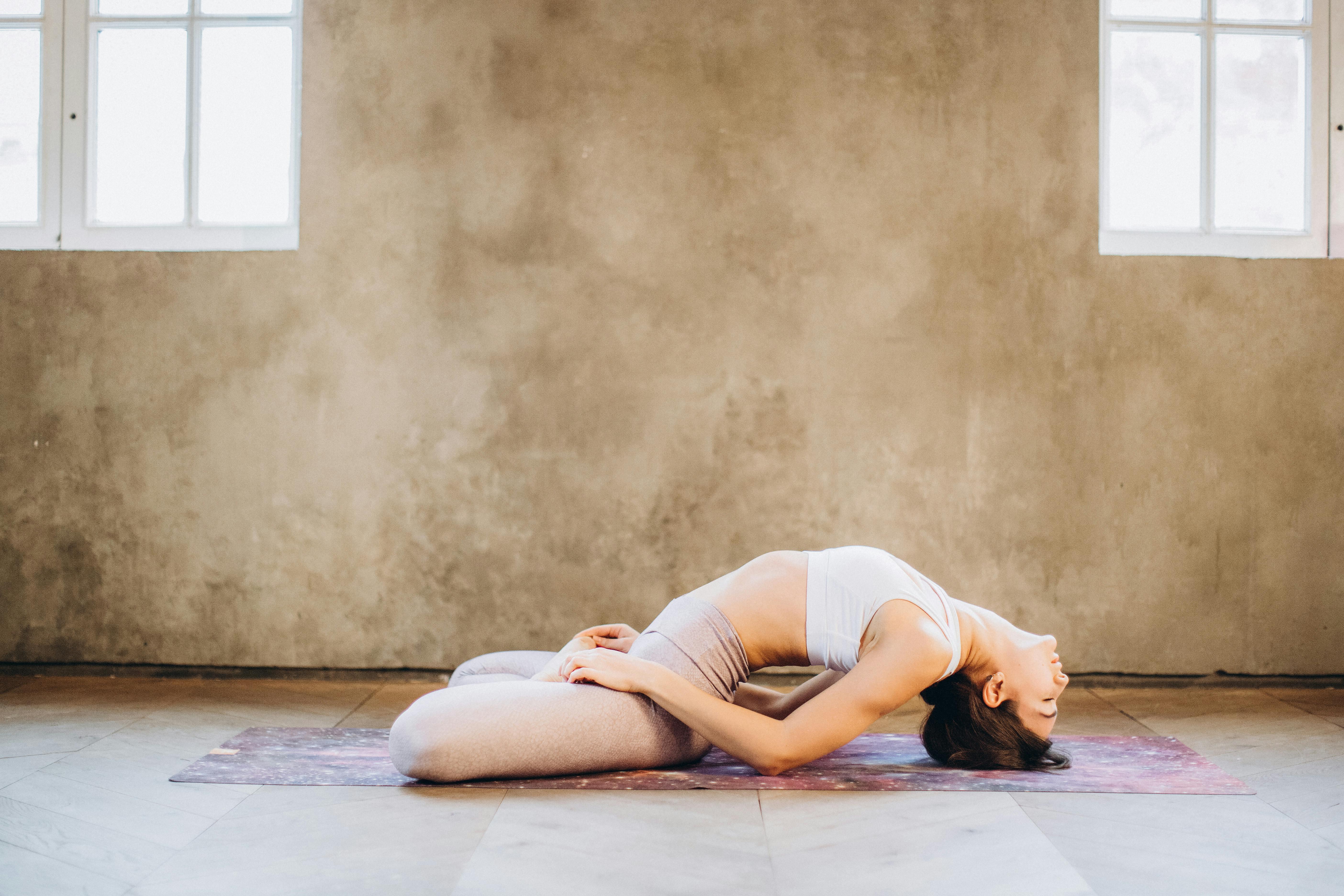
Beyond the Poses: Essential Skills for Yoga Instructors
While mastering yoga poses is essential, becoming a successful yoga instructor requires a broader skillset. A 500-hour YTT equips you with the following:
- Teaching Methodology: Learn various teaching techniques to effectively guide students of all levels. This includes clear instruction, proper alignment cues, modifications for different abilities, and creating a safe and inclusive learning environment.
- Anatomy and Physiology Application: Apply your anatomical knowledge to create safe and effective yoga sequences. Learn to identify and address common physical limitations, and tailor your teaching to accommodate various body types and needs.
- The Art of Sequencing: Master the art of sequencing yoga poses to create a cohesive and intentional practice. Explore different sequencing principles, such as thematic, energetic, and functional flows, to offer a variety of experiences for your students.
- The Power of Adjustments: Learn how to provide safe and helpful adjustments to students in their yoga poses. Effective adjustments refine alignment, deepen postures, and enhance the overall yoga experience for students.
- Philosophy and Ethics Integration: Weave the rich tapestry of yoga philosophy into your teaching. Explore concepts like Yamas and Niyamas (ethical guidelines), the eight limbs of yoga, and the path to self-realization. By integrating philosophy in an accessible way, you can help your students connect with the deeper meaning of yoga beyond the physical practice.
- Business and Marketing Strategies: Learn the fundamentals of running a successful yoga business. This might include developing a pricing strategy, marketing your classes to your target audience, and managing the logistics of teaching.
- The Art of Communication: Develop clear and concise communication skills to effectively guide your students. Learn how to create a welcoming and supportive environment, fostering open communication and trust within your classes.
Charting Your Course to Become a 500-Hour RYT
There are two main paths to becoming a certified yoga instructor with 500 hours of training:
- Enroll in a comprehensive 500-hour YTT program offered by a Yoga Alliance Registered Yoga School (RYS). These schools meet rigorous standards and provide a complete curriculum encompassing all the essential aspects of yoga teacher training.
- Complete a 200-hour YTT followed by a 300-hour program. This option allows for greater flexibility. You can choose to complete both trainings at the same RYS or explore different schools that complement your learning journey. Ensure the 300-hour program builds upon your existing knowledge and delves deeper into specific areas of yoga practice or teaching methodology.
Whichever path you choose, remember to factor in the requirement of logging at least 100 hours of teaching experience after completing your training. During this time, you can gain valuable practical experience, refine your teaching skills, and build confidence as a yoga instructor.
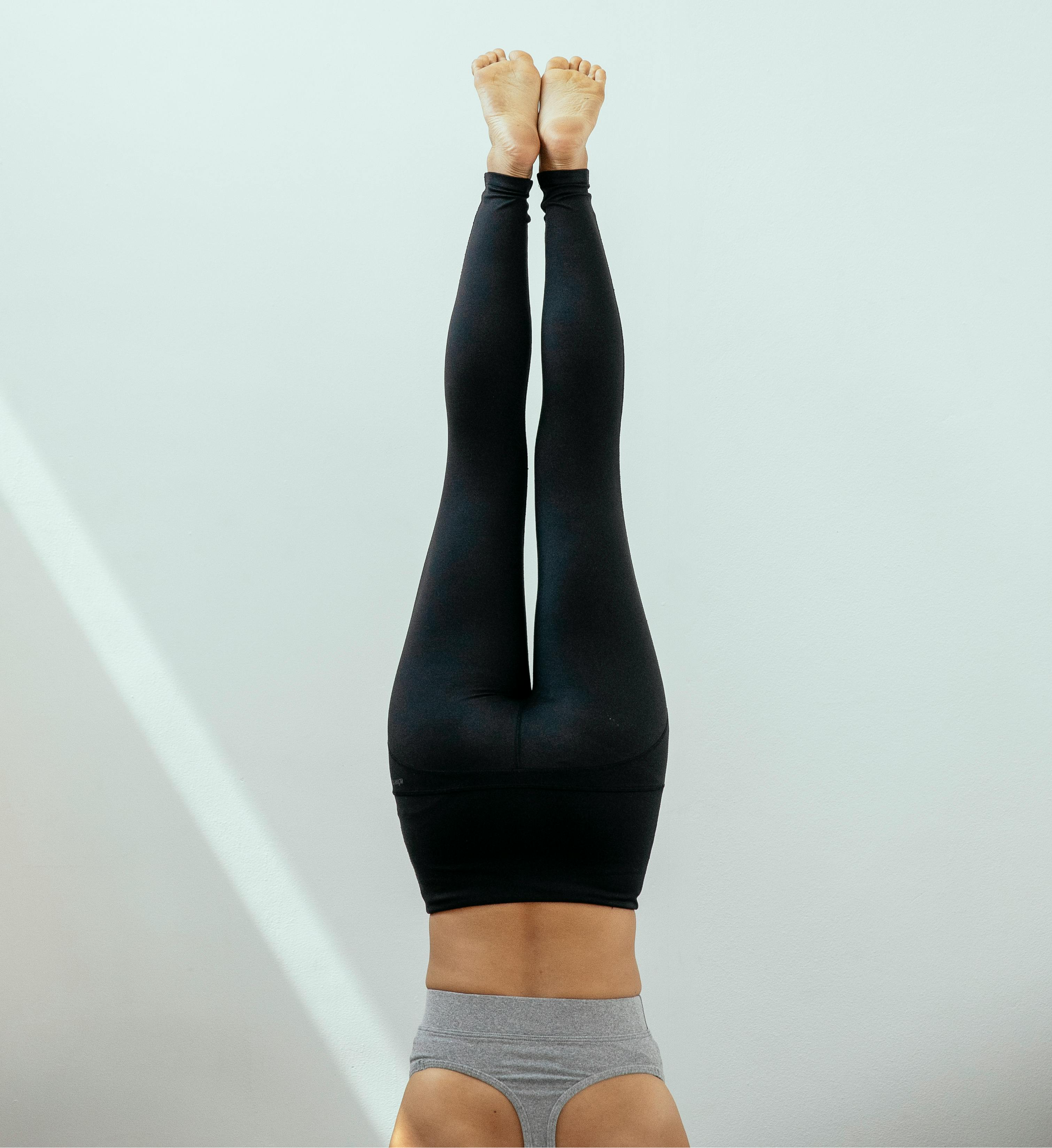
Ensuring Quality Education: Yoga Alliance Requirements Explained
The Yoga Alliance plays a vital role in maintaining high-quality yoga teacher training programs. Here's a breakdown of some key requirements they establish:
- Maintaining High Standards: RYSs (Registered Yoga Schools) undergo a meticulous evaluation process to ensure a well-rounded learning experience for students. This includes curriculum review, faculty qualifications, and student support services. The Yoga Alliance doesn't just rubber-stamp any program; they ensure schools meet rigorous standards to deliver a comprehensive and effective YTT experience.
- Comprehensiveness is Key: The curriculum covers a wide range of yoga-related topics, guaranteeing a holistic education. You can expect to delve into asana (postures), pranayama (breathwork), meditation, anatomy and physiology, yoga philosophy, teaching methodology, and more. By covering these fundamental areas, Yoga Alliance-registered programs equip you with the knowledge and skills to become a well-rounded and effective yoga teacher.
- Experienced Trainers: Lead trainers must hold an E-RYT (Experienced Registered Yoga Teacher) certification, demonstrating their expertise and dedication to yoga. These trainers have extensive experience as both practitioners and teachers, ensuring they can effectively impart their knowledge and skills. Imagine learning from seasoned yoga instructors who have not only mastered the practice but also possess the ability to translate that knowledge into clear and engaging teaching methods.
- Qualified Faculty: Supporting instructors must possess relevant qualifications and experience to enrich your learning journey. This may include yoga teachers with specialized knowledge in anatomy, philosophy, or specific yoga styles. Having a diverse faculty ensures you gain exposure to different perspectives and teaching approaches, further enriching your training experience.
- Lifelong Learning: The Yoga Alliance requires ongoing education to maintain your RYT status, ensuring instructors stay up-to-date with the latest trends and knowledge. This commitment to continuous learning translates into benefits for you as a student. Yoga Alliance-registered schools are likely to have instructors who are actively engaged in their own learning and development, bringing fresh insights and perspectives to their teaching.
By adhering to these requirements, the Yoga Alliance helps ensure that 500-hour YTT programs provide a high-quality educational experience that prepares you for a successful and rewarding career as a yoga instructor.
Embark on Your Dream Journey: Finding the Perfect 500-Hour YTT Program
Now that you're armed with the essential information and a deeper understanding of what a 500-hour YTT entails, it's time to embark on the exciting journey of finding the perfect program! Here are some key considerations to guide your search:
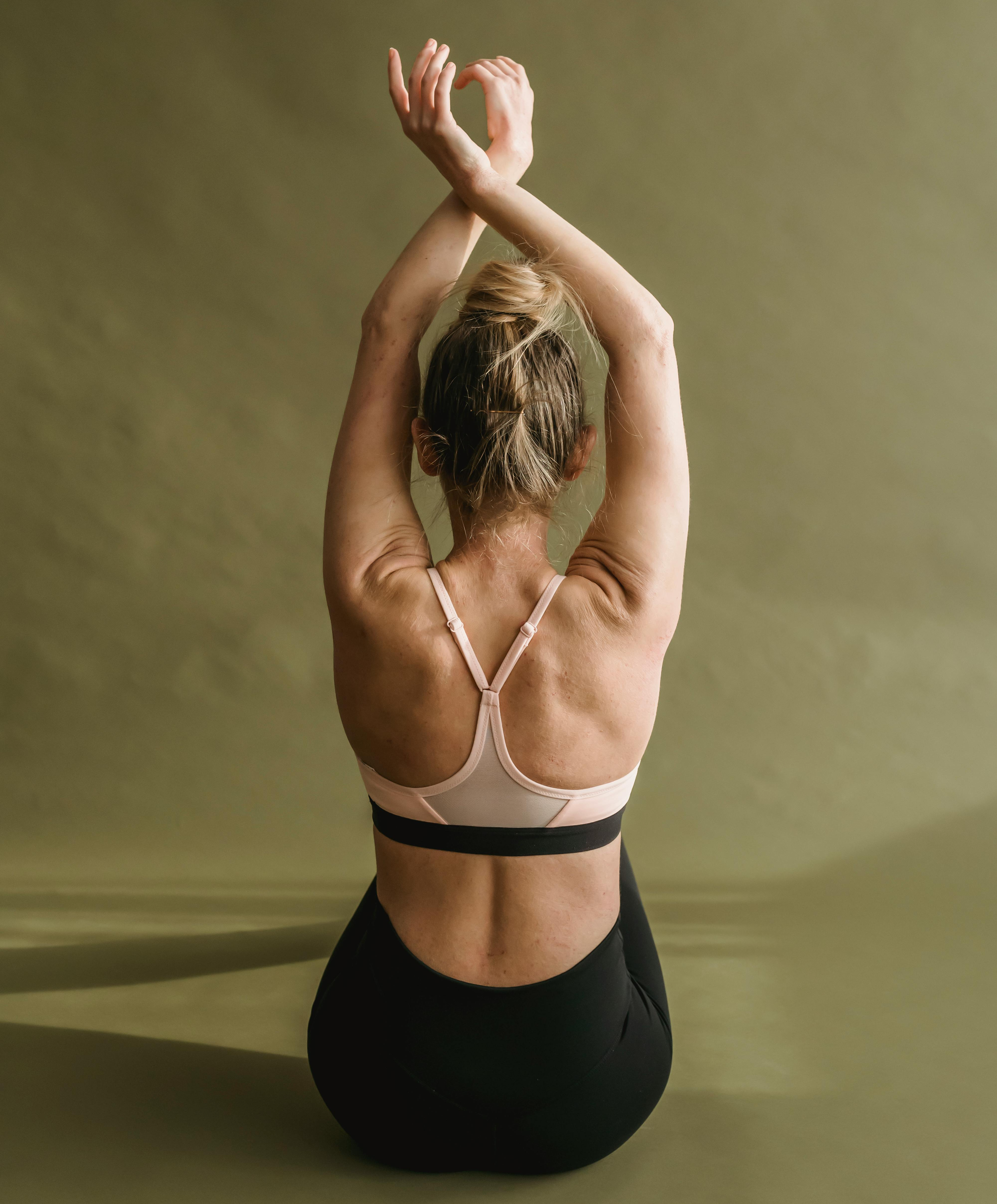
- Style Focus: Reflect on the yoga style that resonates most with you. Do you crave the dynamic flow of Vinyasa, the restorative power of Yin, or the precise alignment of Iyengar? Many programs offer a focus on a particular style, while others provide a more general foundation. Choosing a program aligned with your preferred style allows for deeper exploration and teaching expertise in that specific area.
- Curriculum Depth: While all 500-hour YTT programs fulfill Yoga Alliance requirements, the curriculum depth can vary. Some programs offer a more intense focus on specific topics like anatomy and physiology or yoga philosophy, while others maintain a broader balance. Evaluate the curriculum to ensure it aligns with your learning goals and interests.
- Teaching Methodology: Consider the teaching methods employed by the program. Do you learn best in a hands-on, experiential environment or prefer a more theoretical approach? Some programs might emphasize traditional lecture-style teaching, while others incorporate interactive workshops, group discussions, and self-practice exploration.
- Faculty Expertise: Research the program's faculty and their qualifications. Look for experienced teachers with a strong understanding of yoga philosophy, anatomy, and teaching methodology. Having access to knowledgeable and passionate instructors can significantly enrich your learning experience.
- Program Format and Location: 500-hour YTT programs come in various formats. Some offer intensive modules spread over several weeks or months, while others follow a more spread-out schedule with weekend or part-time sessions. Consider your lifestyle and schedule when choosing a format. Additionally, some programs offer immersive experiences abroad, allowing you to combine your training with travel and exploration. Imagine deepening your yoga practice amidst the stunning landscapes of Bali or nestled in the serene Himalayas!
- Program Cost and Value: While cost is a crucial factor, focus on the program's overall value. Consider the quality of instruction, curriculum depth, program format, and any additional resources or benefits offered. Don't be afraid to reach out to different schools and ask questions to get a better sense of their programs and what sets them apart.
Building a Supportive Community
A 500-hour YTT isn't just about acquiring knowledge and skills; it's about building a supportive community. Throughout the program, you'll connect with fellow yoga enthusiasts, share experiences, and learn from each other. This network of like-minded individuals can become a valuable source of support and encouragement as you embark on your yoga teaching journey.
Investing in Yourself: The Lifelong Journey of Yoga
Taking the plunge into a 500-hour YTT is an investment in yourself and your passion for yoga. It's a chance to deepen your practice, expand your knowledge, and transform your passion into a rewarding career. Remember, yoga is a lifelong journey, and this intensive training is just the beginning. The path ahead will be filled with continuous learning, exploration, and self-discovery. Embrace the journey, trust in the process, and prepare to share the transformative power of yoga with others!
Craving More Stories?
Join our ShopYogaRetreats newsletter for the latest updates on thrilling
destinations and inspirational tales, delivered straight to your inbox!
We value your privacy. Your email address will never be shared or published.
 English
English Deutsch
Deutsch Français
Français Nederlands
Nederlands Español
Español